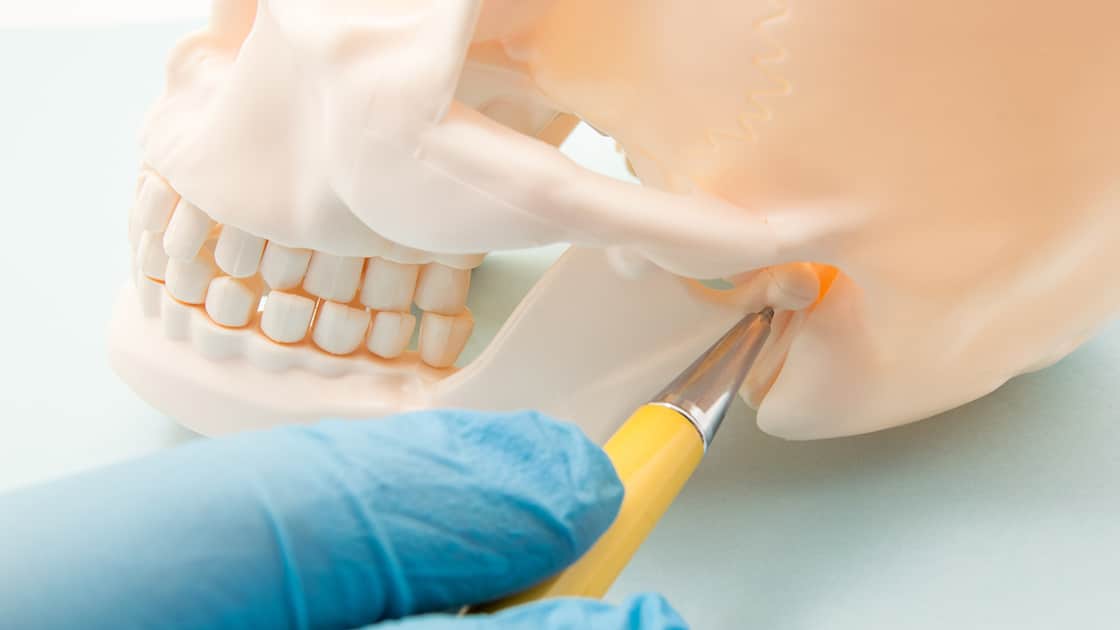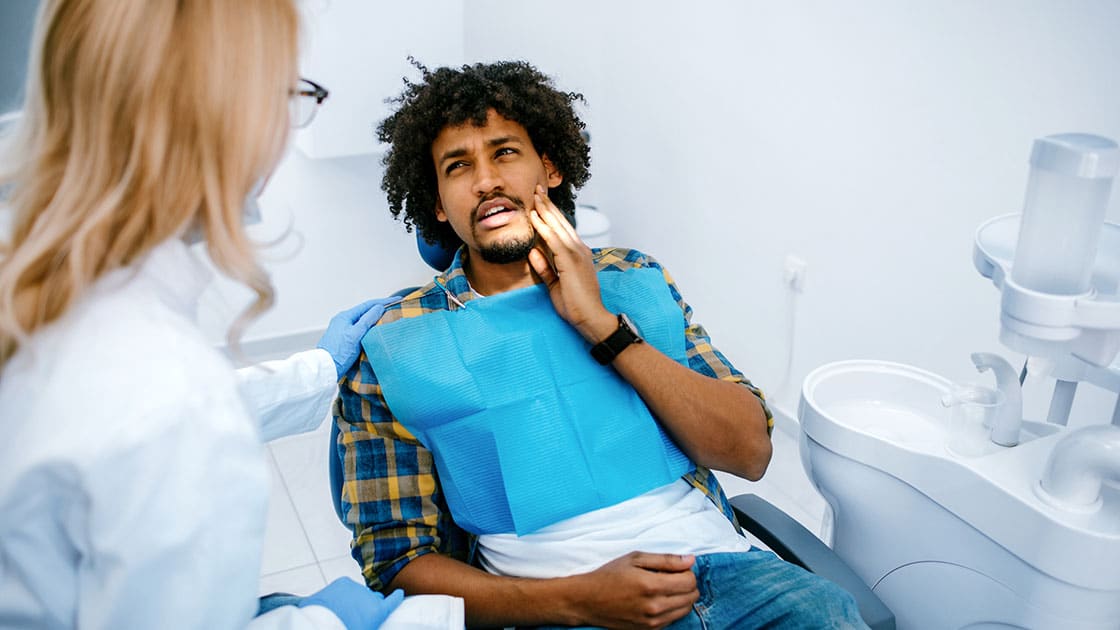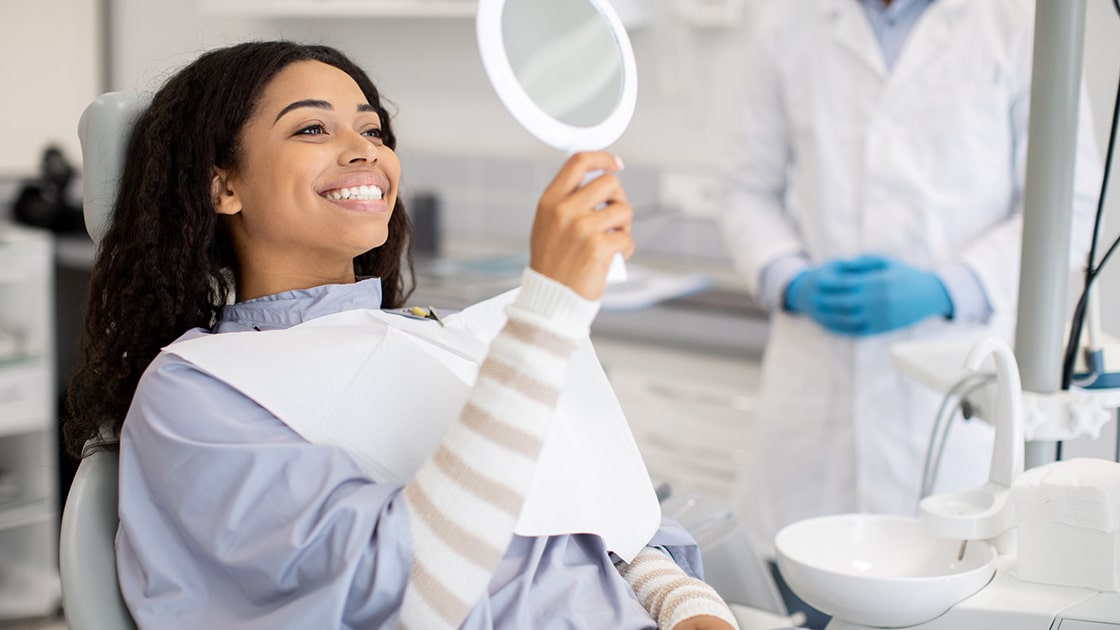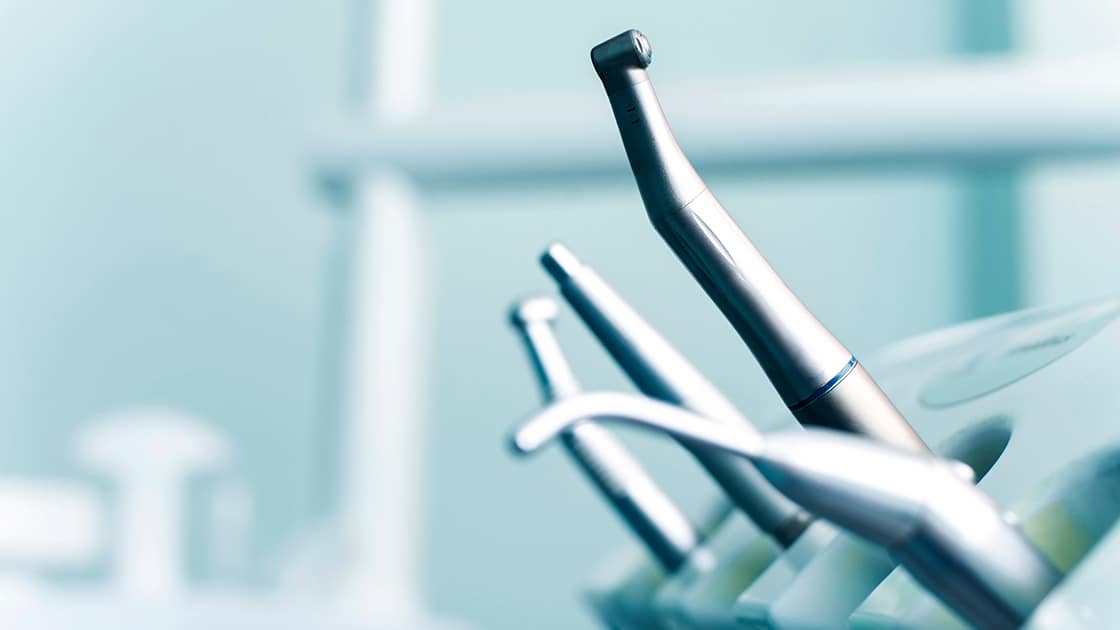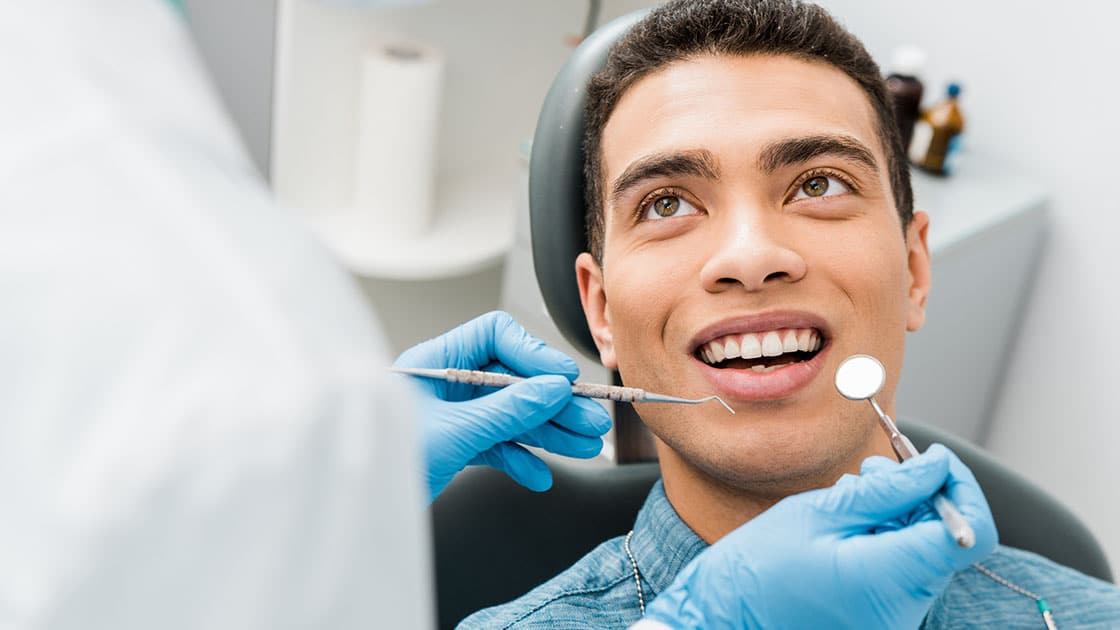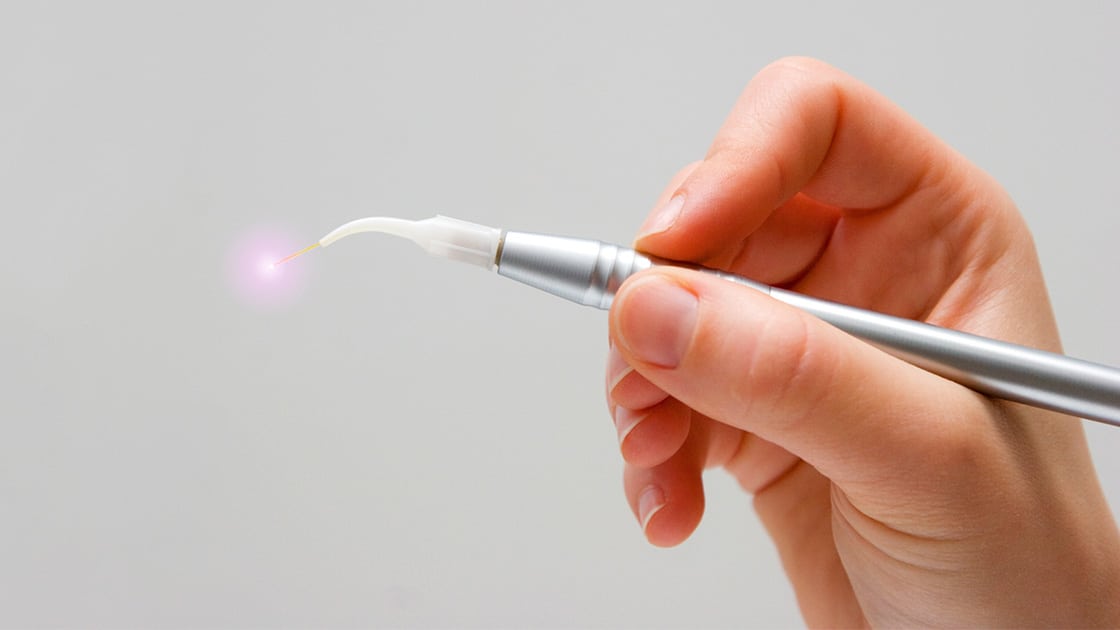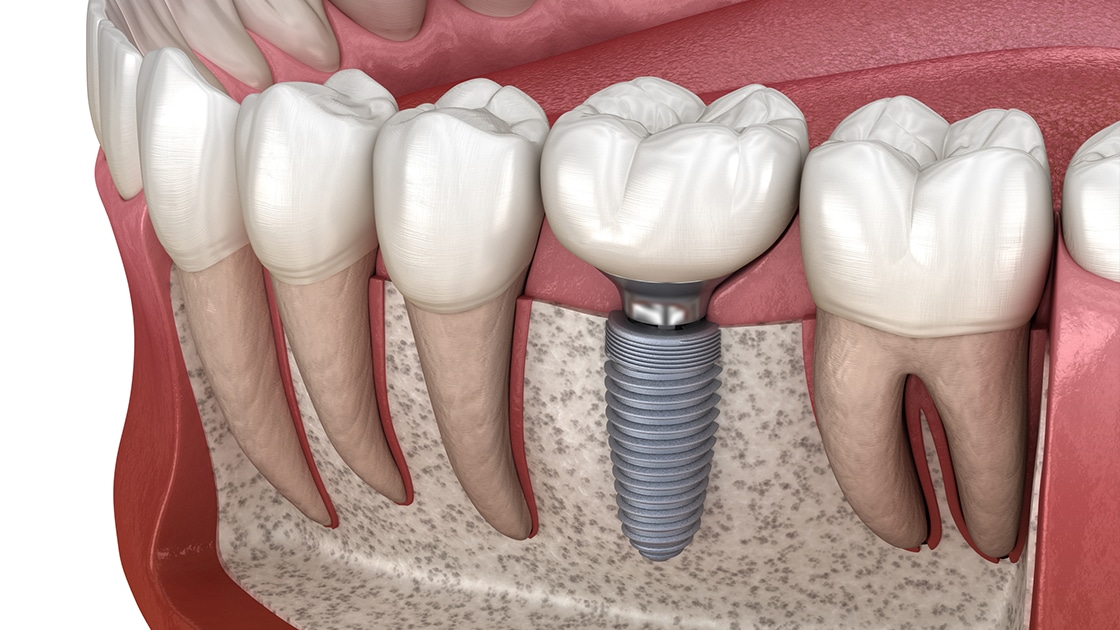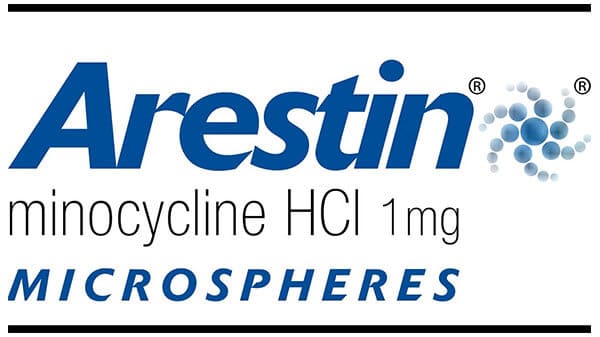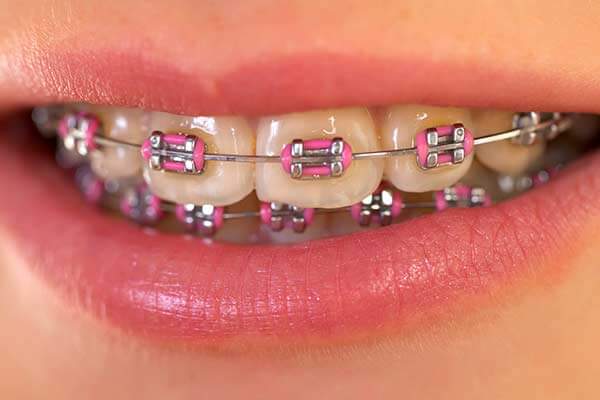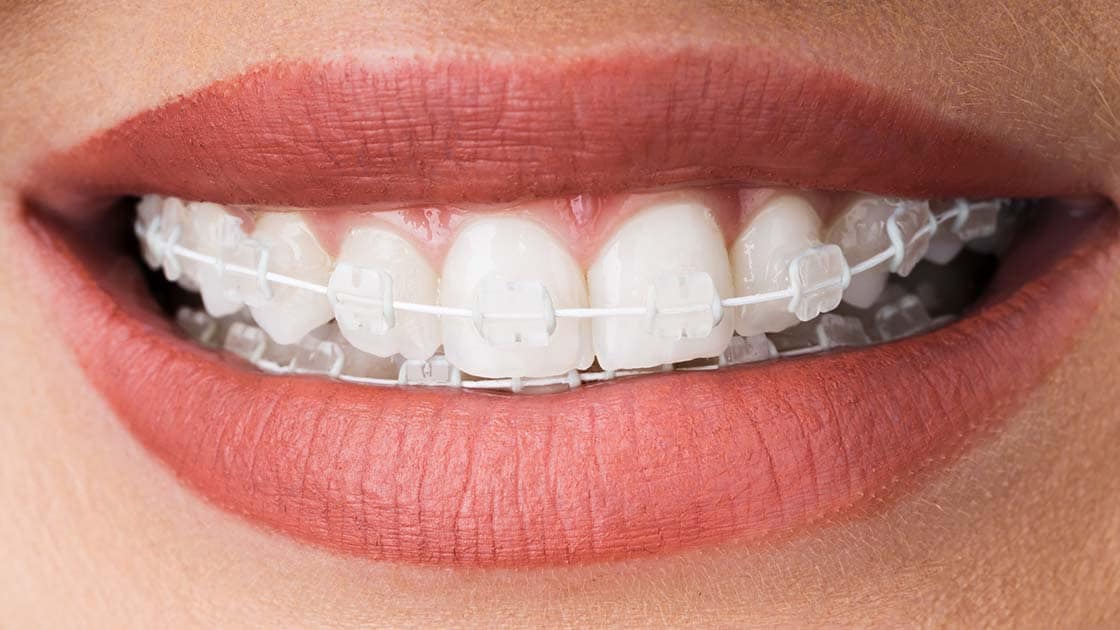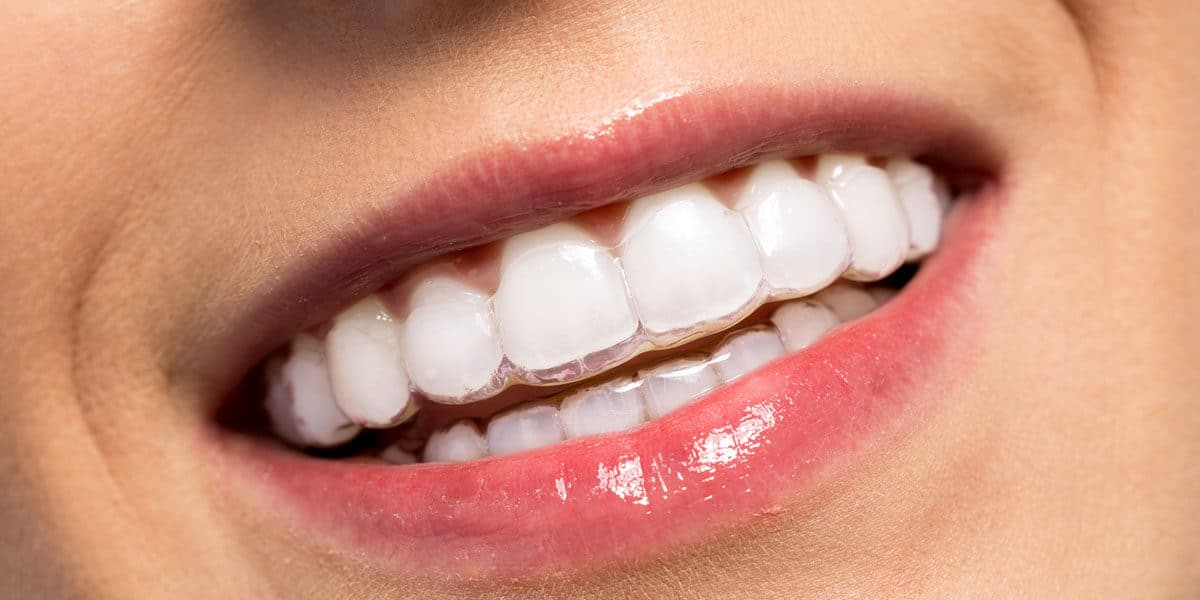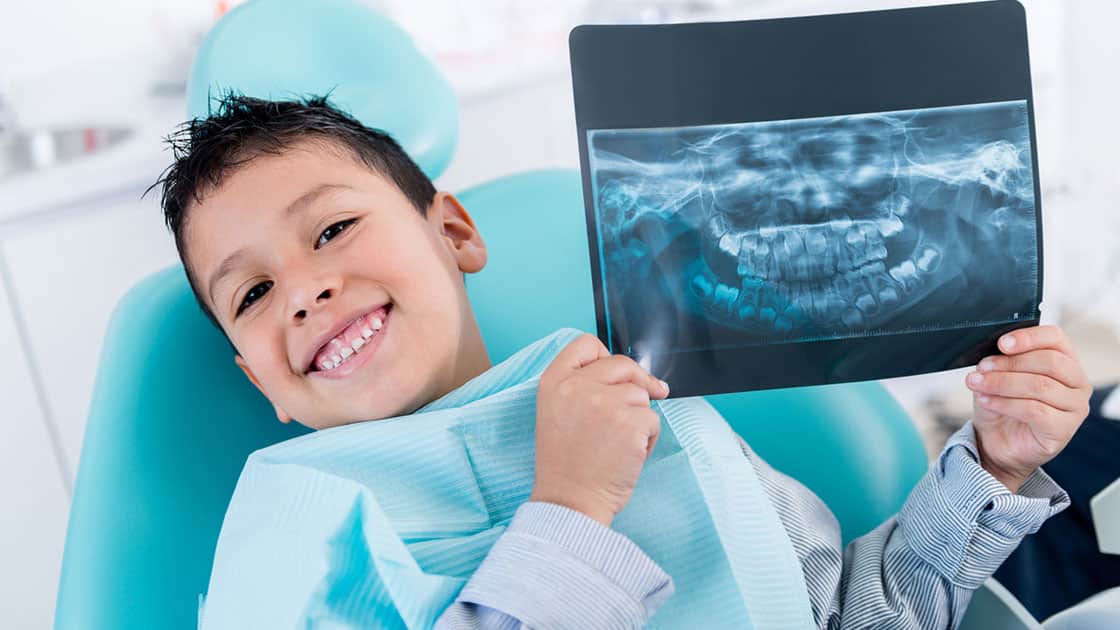Our goal is always to help our patients maintain their oral health and to care for and protect their natural teeth.
Maintaining oral health includes good home care and regular visits to our office for preventive care, which includes oral examinations and cleanings. Comprehensive examinations of the mouth, teeth, surrounding gum tissues, and supporting bone structures help to identify any areas of concern and help with the early detection and treatment of problematic conditions.
Learn more about Preventive Dental Services
Even with excellent care, however, teeth and gums can be susceptible to disease, infection, cavities, cracks, or other forms of damage. Restorative dentistry helps preserve natural teeth and helps maintain oral and overall health even when the health of one or more teeth or the surrounding areas is compromised. The goal of restorative dentistry is to restore the function and integrity of the tooth structure, function, and health while maintaining a natural appearance.
Learn more about Restorative Dental Services
Our office also provides cosmetic dentistry services and procedures. This means that we not only pay attention to the health and function of your teeth, but we also pay close attention to aesthetics. We want you to maintain great oral health but we also want you to have a beautiful smile and the confidence to smile often!
Preventive care including exams, cleanings, root canals and extractions to maintain oral health.
Fillings, dental crowns, dental bridges, dentures, and dental implants help restore the appearance and function of natural teeth.
Whitening, Invisalign®, veneers, bonding, and microabrasion to improve aesthetics, giving you the confidence to share your smile with the world.
Whether replacing one tooth or several, implants are an important solution to restoring and maintaining dental health.
Invisalign® clear aligners allow you to straighten your teeth quickly, comfortably, and discreetly.
Treatment of TMJ disorders can range from home care and non-surgical treatments in mild cases to TMJ surgery in more severe cases.
Although it may be perceived as a small nuisance or inconvenience, disrupted sleep is a problem that may need to be addressed.
There are several different types of sedation which may be used depending on the situation.
Snoring is a common problem that occurs when a narrowing or blocking of the airway causes the soft palate and tissues of the throat to vibrate.
Habit appliances, space maintainers, distalizers, and Herbst devices may be used to help the development of the mouth.
BOTOX® & Juvéderm have both cosmetic and therapeutic uses.
Cosmetic periodontal surgery includes, but is not limited to crown lengthening, soft tissue grafts, and bone grafting.
It is important to take care of a child’s first teeth, their primary teeth, because they aid in speech development, allow food to be properly chewed, and maintain space for permanent teeth.
Depending on the procedure(s) being performed, your dental restoration(s) may be able to be placed on the same day or next day instead of the usual wait of one to two weeks or more.
Have a dental emergency? Use the following link to get details on how to contact us.
The dental examination is a diagnostic evaluation of a patient’s overall oral health and hygiene.
During a dental examination, the doctor or hygienist may…
- check for signs of decay or periodontal disease
- ask about any medications
- x-ray using low radiation digital imaging
- evaluate occlusion (bite)
- evaluate jaw
- discuss proper cleaning
- remove stains or debris
- take a dental impression
The doctor or hygienist may also perform an oral cancer exam. This involves feeling around the cheeks, gums, and tongue, under the jaw, and the sides of the neck for signs of oral cancer.
Custom Mouthguards
If you or your child participates in sports, it’s important to have a custom mouthguard to protect the teeth and jaw from injury. Mouthguards are especially important for patients with orthodontic braces. We take an impression of your teeth, then create a device fitted to your mouth for a more comfortable fit, easier breathing, and better protection. Preventing injury is much more budget-friendly than repairing the damage caused by facial trauma.
Indicators that adjustment may be needed:
- Tooth Movement
- Change in Bite
- Grinding or Clenching Teeth
- Tightness in the Jaw
- Headaches Near the Eye or Jaw Area
- Tooth Sensitivity to Heat, Cold, or Sweets
Endodontics is the dental specialty that deals with the dental pulp inside of a tooth. Within the dental pulp are the tooth nerves. When a tooth is compromised, the inside can be susceptible to decay. An endodontist treats the inside of the tooth in order to save the tooth structure.
Our primary goal is to save your natural teeth whenever possible. Root canal, or endodontic, treatment may be necessary when the pulp tissue inside the root canals of a tooth becomes infected or damaged, which can be caused by dental trauma or decay. The pulp, which is located inside the root canals, contains blood vessels, nerves, and connective tissue. A tooth generally has between one and four root canals. A root canal procedure may be performed on a single root canal or multiple root canals within a tooth.
Tooth root resorption is when the tissue of a tooth’s root starts breaking down and dissolving, often due to injury or disease. This can lead to tooth instability or loss if not treated
Internal root resorption involves the gradual breakdown of the dentin and dentinal tubules within the root, particularly in the middle and apical sections of the canal walls, caused by clastic processes.
External root resorption (ERR) is a pathological condition affecting permanent teeth where the outer surface of the tooth’s root undergoes deterioration. This occurs when the cementoblastic layer or other tissues on the root surface are damaged or eliminated, potentially leading to the tooth’s premature loosening and loss.
Apexification is a dental treatment in which calcium hydroxide is used to fill the root canal of a tooth with an open apex, aiming to encourage the growth of a hard tissue barrier at the root’s apical section.
For permanent teeth with unfinished roots and pulpal issues, initiating apical closure techniques is essential before starting endodontic treatment. Apexification helps create a calcified barrier in a nonvital tooth with an incomplete root, while apexogenesis is a vital pulp therapy aimed at promoting natural growth and closure of the root end.
Internal tooth bleaching is a method of teeth whitening that operates from the inside, in contrast to conventional techniques, which focus on the external surfaces of the teeth. In comparison, typical whitening involves trays or external treatments, internal bleaching targets the inner parts of the tooth. This approach can lead to a brighter smile for those with healthy teeth.
Periodontics is the dental specialty that deals with the hard and soft tissues that support teeth. Periodontal disease refers to gum disease. Periodontal procedures are usually performed to save or rebuild the jaw bone and/or gums in order to save teeth or allow for the placement of dental implants.
Scaling and Root Planing
Scaling and root planing is a non-surgical procedure used to treat gum disease. During the scaling process, specialized dental instruments are used to remove dental plaque and calculus from beneath the gums. Planing is the procedure used to smooth the tooth’s root after the scaling process. Root planing helps the gums heal and reattach themselves to a cleaner and smoother root surface.
Periodontal Maintenance Program
Home care is an extremely important part of maintaining healthy teeth and gums, but even excellent home care cannot prevent bacteria and plaque. If the plaque is not removed, it can harden, becoming calculus. We will recommend a periodontal maintenance program that is best for you based on how quickly you develop calculus and your past and current periodontal health. During your maintenance visits, we will perform an oral examination as well as a dental cleaning.
During an oral examination, a visual inspection is performed to detect normal and abnormal structures of the entire mouth, head and neck. Along with radiographs, an examination detects cavities, abnormalities in existing dental restorations, gum and bone recession, and any other abnormal findings within the mouth, head, and neck
A dental cleaning, also known as an oral prophylaxis, is the removal of dental plaque and tartar (calculus) from the teeth. Specialized instruments are used to gently remove these deposits without harming the teeth. First, an ultrasonic device that emits vibrations and is cooled by water is used to loosen larger pieces of tartar. Next, hand tools are used to manually remove smaller deposits and smooth the tooth surfaces.
Biopsy
The health of the mucosa, the smooth, pink lining inside the mouth, is vital for overall oral well-being. Changes in its color or texture may signal underlying issues, including the potential for oral cancer. It’s imperative not to overlook symptoms such as unhealing sores or lumps within the mouth’s interior surfaces. We urge patients to report any irregularities during their visits, as timely biopsies can be crucial for early detection and treatment. Our practice emphasizes the importance of awareness and proactive communication for maintaining oral health.
Gum Grafting
Gum grafting treats root exposure resulting from receded gum tissue. Tissue is removed from the roof of the mouth or from gum tissue near the tooth and stitched into the area needing gingival repair.
Bone Grafting
Bone grafting is the replacement or enhancement of bone around teeth. When a tooth is lost, the surrounding bone collapses. Bone grafting is performed to reverse bone loss or enhance bone. The bone can be taken from parts of the body or from synthetic material. Bone grafting allows for proper support of dental implants or prostheses.
Bone Regeneration and Ridge Preservation
Bone regeneration is a periodontal surgical procedure that regenerates jaw bone and surrounding tissue. This procedure is often performed to protect your existing teeth and the tissues that keep them in place from bacterial plaque. The gingival tissue is folded back to remove the disease-causing bacteria. Membranes, bone grafts, or tissue-stimulating proteins can be used to encourage the body’s natural ability to regenerate bone and tissue.
Ridge preservation involves placing a regenerative bone grafting material into empty tooth sockets to rebuild bone where an extraction has left an empty, weakened area. This process encourages your body’s natural capacity to regenerate bone.
Crown Lengthening
Crown lengthening is commonly used to expose more tooth structure, crown lengthening involves the removal of gum tissue and/or bone to expose more of a tooth’s structure.
Periodontal Splinting
Periodontal splinting is done to stabilize teeth that have become loose as a result of bone loss due to periodontal disease. The doctor will determine if periodontal splints are needed, as sometimes careful management of the periodontal disease causes the teeth to become more stable. Periodontal splints may use stabilizing wire or ribbon, composite resin, crowns, inlays/onlays, and/or veneers to accomplish the goal of stabilizing the teeth.
ARESTIN®
ARESTIN® is a locally applied antibiotic that delivers minocycline microspheres in the form of a powder. It is placed directly into the infected periodontal pocket at the time of scaling and root planing procedures for easy, targeted treatment. The microspheres adhere to the surrounding surfaces to provide a sustained release of the antibiotic at the site of active infection for effective treatment. It is used in pocket depth reduction and may be used as part of a periodontal maintenance program.
Benefits of ARESTIN® include:
- No local anesthesia required
- No adhesive required
- No dressing required
- No need for removal as the microspheres are completely bioresorbed
- Remains active in the pocket for an extended period of time
Osseous Surgery (aka Pocket Depth Reduction)
A pocket depth reduction is a surgical procedure used to smooth and reshape affected bone under the gum tissue. This procedure is performed when a pocket around a tooth (or teeth) has not responded to other treatments. It creates a shallow pocket making it difficult for bacteria to survive and damage bone, resulting in bone loss and ultimately, tooth loss.
Periodontal Surgery
Periodontal disease develops when plaque spreads below the gum line and causes the tissue and bone that support the teeth to decay. The gums then separate from the teeth and form what are known as periodontal pockets which can become infected, leading to loss of tissue and bone. Extensive bone loss due to periodontal disease can result in the loss of one or multiple teeth.
In order to rid the gums of bacteria, the periodontist can perform a procedure often referred to as pocket depth reduction. During this procedure, the periodontist will cut a flap into the gum and fold it back to temporarily expose the tooth root and bone. If necessary, the periodontist will smooth areas of damaged bone to limit the surfaces upon which bacteria can grow. After ridding the area of bacteria, the gum tissue is stitched back into place. This procedure minimizes the depth of periodontal pockets and gets rid of bacteria in order to minimize the effects of periodontal disease and limit its progression.
We specialize in Orthodontics. Braces are used to assist in aligning and straightening teeth in order to not only improve appearance, but improve a person’s bite. Having braces isn’t just about improving your smile; it’s also about improving your overall dental health. Orthodontics may be used to correct malocclusion, overbite, underbites, cross bites, deep bites, crooked teeth and other flaws of the teeth and jaws. Braces may be used in conjunction with other orthodontic appliances to help with making corrections to a person’s bite.
Dental technology has improved over the years to include new options to help correct the above issues, and there are a number of techniques and products available that were not available just a few short years ago. The patient experience has improved and today’s options are less conspicuous than the full braces that were common in the past.
Traditional metal braces are still the most popular types of braces as they produce high quality results. Clear Ceramic braces are popular with adults and teenagers who want the results of braces without the look of metal. Your visit will begin with a consultation with the doctor to go over the best alternatives for your orthodontic care. The doctor will address any questions you may have regarding your treatment and will provide a plan for orthodontic therapy.
Metal Braces
Metal braces made from stainless steel brackets and wires remain the most popular choice for braces and are very effective.
Clear Brackets
Virtually invisible, there are several advantages clear brackets have over traditional braces and aligners. Clear braces combine tieless braces with high technology archwires that are clinically proven to move teeth fast and comfortably with truly spectacular smile and facial results. Available from skilled orthodontists, clear braces combine the best of traditional clear braces and invisible aligners to deliver a discrete treatment experience with results that go beyond straight teeth.
Invisalign®
Invisalign® takes a modern approach to straightening teeth. Using a custom-made series of comfortable and virtually invisible plastic aligners, your teeth will gradually and gently shift into place, based on the exact tooth movements our office plans out for you. There are no metal brackets to attach and no wires to tighten and you’ll achieve a great smile with little interference in your daily life. The best part about the whole process is that most people won’t even know that you’re straightening your teeth.
Invisalign® Teen
Many young adults today do not want to spend their teen years wearing braces. Invisalign® Teen offers effective treatment by using clear aligners and specialized features to straighten your teen’s smile more comfortably and conveniently that other orthodontic treatments.
Pediatric dentistry specializes in providing dental care for children and focuses on creating a positive experience for children in a dental setting. In addition to instilling lifelong dental habits, early dental care is important because your child’s teeth aid in speech development, assist with eating and digestion, and help maintain space for their permanent teeth.
Looking for a practice in the




